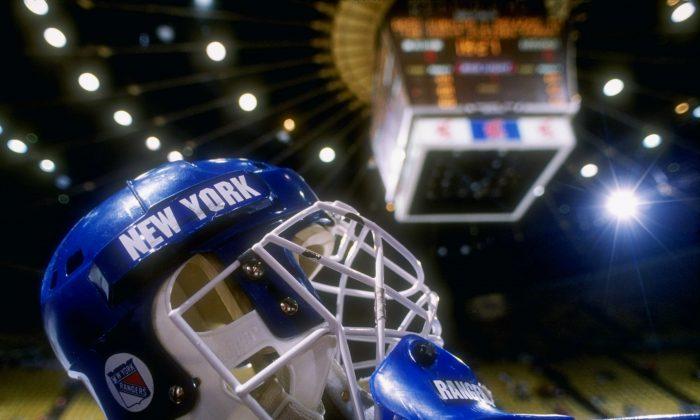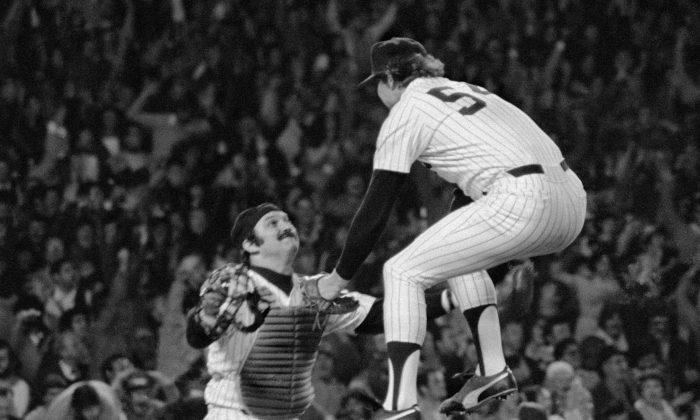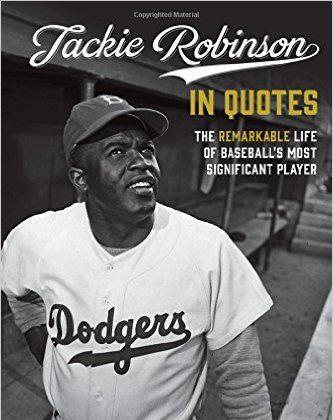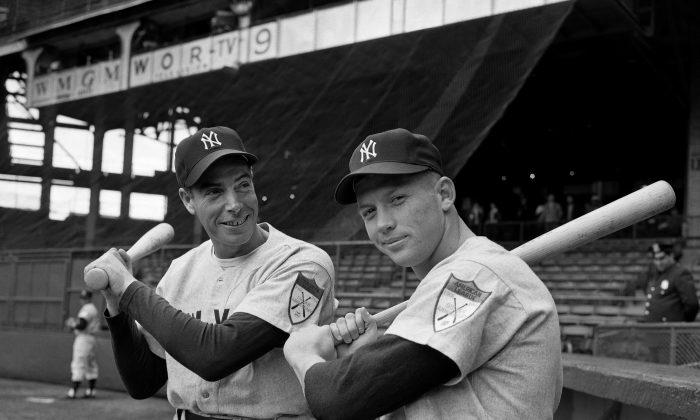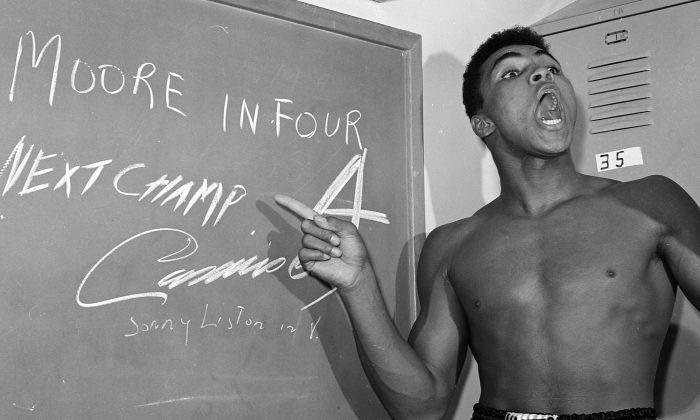The National Hockey League seasons come and go. There is always a lot of excitement due to various changes in rules, new players, etc. But the essential nature of the game itself is unchanged.
Many historians say the roots of hockey go back more than 500 years ago in northern Europe where field hockey was a popular summer sport. When the ponds and lakes froze in winter, many athletes took to the ice to engage in another version of their summer sport.
All kinds of romantic and fanciful stories exist about the early days of hockey. Back in the 17th century, an ice game known as “kolven” was popular. It spread to the English marshland community of Bury Fen in the 1820s.
The game there was called “bandy.” Local players scrambled around the town’s frozen meadowlands and swatted a wooden or cork ball, known as a “kit”or “cat,” with sticks made from willow tree branches.
The earliest North American games were played in Canada in the 1870s. British soldiers stationed in Halifax, Nova Scotia, allegedly organized contests on frozen ponds. At about that time in Montreal students from McGill University began skating against each other in a downtown ice rink. North America’s first hockey league, a four-team affair, was launched in Kingston, Ontario in 1885, and the hockey boom was on. Games soon were played on a regular basis among teams from Toronto, Ottawa, and Montreal.
A very interested onlooker was the English Governor General of Canada. In fact, Lord Stanley of Preston was so impressed that in 1892 he purchased a silver bowl with an interior gold finish and announced that it would be presented each year to the best amateur team in Canada. And that was how the Stanley Cup - awarded today to the franchise that wins the National Hockey League playoffs - came to be.
When hockey was first played in Canada, the teams had nine men per side. But by the time the Stanley Cup was introduced, it was a seven-man game. The change came about due to a late 1880s miscue. A club playing in the Montreal Winter Carnival showed up two men short. Its opponent was obliging enough to drop the same number of players on its team to even the match. In time, the smaller squad was preferred.
That number became the standard for the sport. Each team had a goaltender, three forwards, two defensemen, and a rover, who could move up ice on the attack or fall back to defend his goal. In the beginning, skates consisted of blades that were attached to shoes; sticks were made from tree branches. The first goalie shin and knee-pads were derived in design from cricket.
As the years moved on the primitive quality of gear improved to some degree. Players wore protective gloves. Shin guards were used but the early ones were not that effective in softening blows from a puck or stick. So some players stuffed newspapers or magazines behind them for extra protection.
For many years the blades on sticks were completely straight, but New York Rangers star Andy Bathgate began experimenting with a curve in the late 1950s. The idea caught on around the league. Players didn’t begin wearing helmets with any sort of uniformity until the early 1970s. In the years before only players recovering from a head injury or those embarrassed about being bald wore helmets. A NHL rule passed prior to the start of the 1979-80 season mandated that anyone who came into the league from that point on had to wear a helmet. By the early 1990s there were only a few players left who went unprotected. The last one was Craig MacTavish, who retired after the 1996-97 season.
(to be continued)
Dr. Harvey Frommer is in his 39th year of writing books. A noted oral historian and sports journalist, the author of 42 sports books including the classics: best-selling “New York City Baseball, 1947-1957″ and best-selling ”Shoeless Joe and Ragtime Baseball,” his acclaimed Remembering Yankee Stadium was published in 2008 and best-selling Remembering Fenway Park was published to acclaim in 2011. The prolific Frommer’s WHEN IT WAS JUST A GAME, AN ORAL HISTORY OF SUPER BOWL ONE will be published in 2015.
